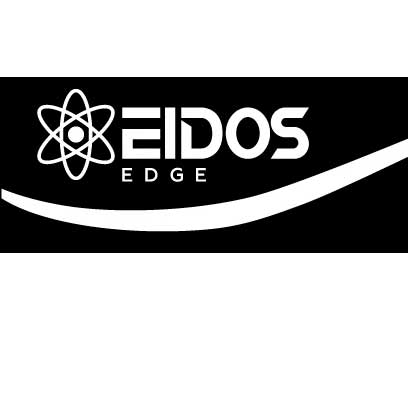
Your Audience Hub: Setting Up Your CRM for Success
Your Audience Hub: Setting Up Your CRM for Success
In today's dynamic business landscape, understanding and nurturing your audience is paramount. Your customer relationship management (CRM) system stands as the central nervous system of this effort, acting as your audience hub. But simply having a CRM isn't enough; it's how you set it up that determines its effectiveness in driving growth and fostering lasting relationships.
Think of your CRM as more than just a database. It's a powerful tool that, when configured correctly, provides a 360-degree view of your audience, enabling personalized interactions, streamlined processes, and data-driven decision-making. Laying a solid foundation from the outset is crucial for unlocking its full potential.
Defining Your Goals: The Compass for Your CRM Setup
Before you even think about fields and workflows, take a step back and ask: what do you want to achieve with your CRM? Are you aiming to:
Improve lead management and conversion rates?
Enhance customer satisfaction and retention?
Streamline sales and marketing efforts?
Gain deeper insights into audience behavior?
Clearly defining your objectives will act as your compass, guiding your configuration decisions and ensuring your CRM aligns with your overall business strategy.
Mapping Your Audience Journey: Understanding the Flow
Next, visualize the journey your audience takes, from initial contact to becoming loyal advocates. Identify the key touchpoints, interactions, and data you want to capture at each stage. This mapping exercise will help you determine the necessary stages in your CRM, the relevant data fields to track, and the workflows that need to be automated.
Consider questions like:
How do leads typically enter your system? (e.g., website forms, marketing campaigns, referrals)
What information is crucial to gather at each interaction?
What are the key actions your sales and marketing teams take at different stages?
How do you currently handle customer support and feedback?
Structuring Your Data: Building a Robust Foundation
With your goals and audience journey in mind, you can now focus on structuring your CRM data effectively. This involves:
Defining essential fields: Determine the key pieces of information you need to track for contacts, accounts, and deals. Think beyond basic contact details to include relevant industry information, engagement history, and lead source.
Implementing data validation: Establish rules to ensure data accuracy and consistency. This might involve using dropdown menus, required fields, and formatting guidelines. Clean and reliable data is the bedrock of effective CRM usage.
Setting up tags and segments: Utilize tags and segmentation to categorize your audience based on various criteria (e.g., interests, demographics, purchase history). This enables targeted communication and personalized experiences.
Automating for Efficiency: Letting Your CRM Work for You
One of the biggest advantages of a CRM is its ability to automate repetitive tasks, freeing up your team to focus on more strategic activities. Consider automating:
Lead assignment: Automatically route new leads to the appropriate sales representative based on predefined criteria.
Follow-up reminders: Ensure timely engagement by setting up automated reminders for follow-up calls or emails.
Email marketing workflows: Nurture leads and engage customers with automated email sequences based on their behavior or stage in the journey.
Task creation: Automatically generate tasks for team members based on specific triggers or actions.
Integrating Your Ecosystem: Connecting Your Tools
Your CRM doesn't exist in a vacuum. To maximize its value, integrate it with your other essential business tools, such as:
Marketing automation platforms: Seamlessly sync leads and campaign data.
Email marketing software: Track email engagement within your CRM.
Customer support platforms: Provide a unified view of customer interactions.
Accounting software: Connect sales data with financial records.
Training and Adoption: Empowering Your Team
A well-configured CRM is only effective if your team uses it consistently and correctly. Invest in comprehensive training to ensure everyone understands the system's purpose, functionalities, and their role in maintaining data integrity. Encourage adoption by highlighting the benefits and providing ongoing support.
Iterate and Optimize: Continuous Improvement
Setting up your CRM for success is not a one-time task. Regularly review your configuration, gather feedback from your team, and analyze your data to identify areas for improvement. The business landscape evolves, and your CRM should adapt accordingly.
Ready to transform your CRM into a powerful audience hub?
At Eidos Edge, we understand the intricacies of CRM setup and optimization. Our expert team can guide you through the process, ensuring your CRM is tailored to your unique business needs and empowers you to build stronger, more profitable relationships with your audience.
Book a call with the Eidos Edge today for a personalized consultation and take the first step towards CRM success!
Click here to schedule a free consultation call with Eidos Edge.
